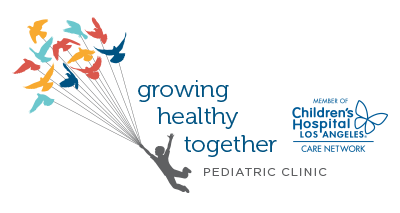 Nightmares and night terrors can plague children’s sleep. In some cases, these problems can interrupt sleep often or long enough to cause sleep deprivation. It may be as minor as an occasional nightmare after a scary movie. However, some children chronically end up in their parents’ beds night after night.
Nightmares and night terrors can plague children’s sleep. In some cases, these problems can interrupt sleep often or long enough to cause sleep deprivation. It may be as minor as an occasional nightmare after a scary movie. However, some children chronically end up in their parents’ beds night after night.
Nightmares
Children aged 3 to 6 years are most likely to suffer from nightmares than any other age group. The nightmares range in severity and recurrence and may be due to any number of factors. Mostly, nightmares aren’t anything to be too worried about. However, parents will know how difficult it can be to bounce back from sleep disruption. Some of these dreams can be disturbing for both child and parent and may also hinder performance the next day.
Nightmares are most common in the early hours of the morning. Your child can be woken during a nightmare without fear of confusion or disorientation, unlike night terrors. Children may often be able to remember details from the scary dream they were having. Nightmares may occur after watching a frightening movie or TV show, or after some emotional experience.
Keeping an open dialogue with your children may help you to discern what kind of events or stressors are disrupting his or her sleep schedule. By treating the cause of stress, you may be able to lessen or even eradicate nightmares.
Night Terrors
Children of parents who suffered from night terrors in their youth are more likely to also suffer from night terrors. Night terrors are considered a sleep disorder and can be quite traumatic. Individuals will wake up from sleep suddenly and in a terrified state. They may wake up and begin to scream and thrash. Your child may seem frightened or confused. They may be sweating, have dilated pupils, have a higher heart rate, or maybe hyperventilating. This is most common in children ages 3 to 8 and typically occurs between midnight and 2 am.
Triggers may include:
- Sleep deprivation
- Fever
- Periods of emotional tension
- Stress
- Conflicts in and outside of the home
Keep in mind that your child might sleepwalk during their night terrors. Parents should try not to disturb them during the night terror event. They are not fully awake and waking them may make the situation worse. The best option is to wait for them to calm back down and fall back into sleep. Then you may choose to wake them up and soothe them or leave them to sleep.
Tools for Addressing Nightmares or Night Terrors
- Begin a bedtime ritual (music, soothing bath, massage, etc.) to reduce stress before sleep.
- Introduce coping mechanisms (stuffed animal, glow-in-the-dark item, light-up item, etc.) to help them feel more comfortable in the middle of the night.
- Identify any circumstances adding stress to your little one’s life that may be causing nightmares or night terrors. You may be able to end the night terrors by solving any problems in real life.
- Some parents discover that these episodes may occur at a specific time every night. For these parents, we recommend that you wake your child up ten to fifteen minutes before the anticipated time and comfort them.
- Try starting the night with co-sleeping and then transfer children to their own beds after some time. This may help the child to fall asleep easier, feeling more comfortable and protected throughout the night.
Night terrors usually go away by age ten. If your child is over the age of ten or if the night terrors or nightmares are occurring multiple times a night on most nights, you should consult your pediatric healthcare provider about other options. In conclusion, for questions or concerns, respond to this blog or contact us.




